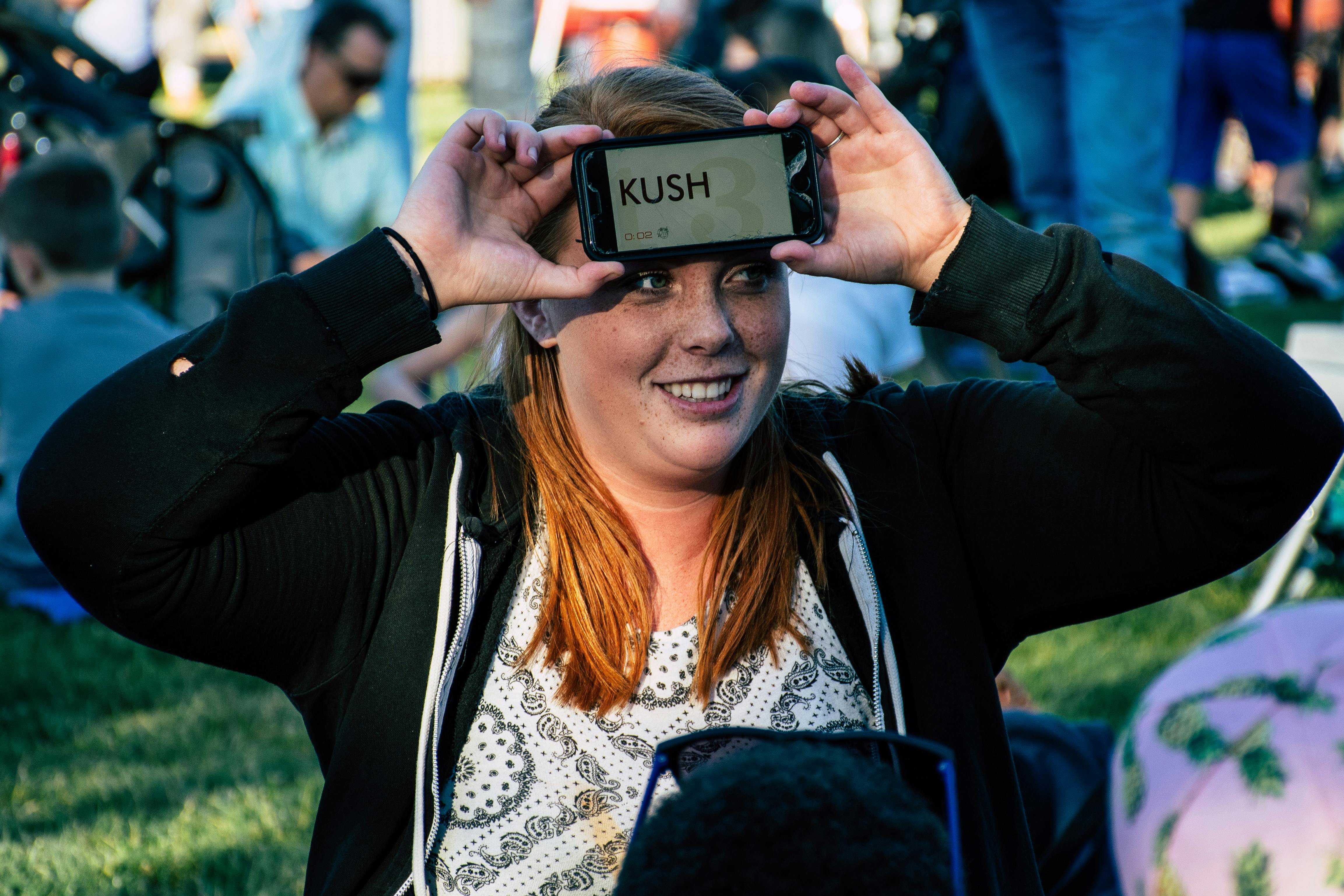Bigobyamugenyi is a site believed to have housed the Chwezi around 1500 AD. C. Its name derives from the wooded enclosure of trees that surrounded the old palace of Chwezi. There are pinnacles of two trees that welcome you to the extension of about 350 hectares.
After spending a night in the city of Masaka, I felt refreshed enough to start my journey to one of the places my high school teacher had told me about in a way that made it seem only imaginary. However, this time it was my job that led me on this adventurous expedition: to Bigobyamugenyi. It was a memorable trip, and not an easy one, I can confess.
Bigobyamugenyi is about 15 kilometers from Ntuse, a small shopping center. The road to this site, which is probably one of the potential tourist attractions, is bouncy and winding. Bigobyamugenyi is a long distance through a thick forest.
To get to the site, we had to fight through bushes to clear a path to the site. As we drive along, Jajja Mugenyi, the cultural guide, tells me about some of the historical events that have shaped this Chwezi site that the government has recently offered to take over and develop. He adds that the gods would deliberately cause flooding to close off the area whenever they (the gods) were in recess or when they had converged.
Bigobyamugenyi, as I later learned, is a place believed to have housed the Chwezi around 1500 AD. It derives its name from what means the wooded enclosure of trees around Chwezi’s old palace. There are pinnacles of two trees that welcome you to the extension of about 350 hectares. “There are a number of medicinal plants and trees here, but they are asked not to uproot them without prior permission,” he warned. He added that, in addition to the spiritual healing that guests come for, some of these plants have, over time, become part of the recipe.
Farther from here there are two clear routes. While the subjects moved through the wooded area, the Chwezi kings moved along the two lanes, which were not to be used by the residents except when authorized by the king.
The roads are located a few meters from the king’s enclosure surrounded by moats, probably as a security measure to prevent intruders from accessing the palace.
Further north, it is also closed by the Katonga River. Just above the river and away from the main complex are historical stones where the kings held their meetings.
The king’s complex is characterized by cultural royal regalia, such as ancient spears set upright. There are also shields and huts that dot the grounds. At the entrance are two huts that were previously occupied by the kings’ soldiers, known locally as Wankaki.
“The cabins are inhabited by guests seeking to solve their problems. Depending on the nature of their problems, they stay for a set period of time,” Mugenyi explained. According to him, among the visitors are some of the country’s rich and famous people.
Several local fireplaces are found in the complex, each representing one of the kings’ relatives with their respective spiritual functions. Mugenyi, who claims to be of Chwezi descent, took his name from one of the kings. The folk tale is that King Mugenyi invited Wamara, who was famous for his miraculous performances.
“It is believed that he was a demigod with supernatural powers,” de Wamara says. Lutasandagwa, who had sons Kato and Kakuru, was one of his chiefs. Mugenyi claims that, to this day, he still experiences visions through which the spirits communicate and guide him in their plans for specific changes they wish to effect in the palace. “Sometimes, they appear to me and then disappear. At night, they will make fire appear on the hillsides,” he adds.
Outside the complex is a ditch locally called Luzi lwa Ssalongo (Ssalongo Well), where worshipers pray and make offerings. We are instructed to remove our shoes at this location.
“For the gods to accept your prayers, the worshipers must consecrate themselves in this place for nine days and nine nights,” he emphasizes. A stone’s throw away is Enkomi ya bachwezi, a cyclic compound where the Chwezi are believed to have one of their most important assets, livestock. Mugenyi says it was put up by King Chwezi Ndahura. There are hoof prints from his favorite cow, Bihogo. Right next to it is a hole where the Bahwezi are believed to have kept their treasure chest which, according to Mugenyi, contained gold and silver that the kings acquired from their war expeditions.
Mugenyi says that the hole signifies the excavation of the whites from Portugal who stole the treasure. And with all these stories, Mugenyi claims that there are still many secrets that the gods have kept from him. Right now, I need to relax, but not in this part of the country where the only option would be to join the village elders over a local beer. I could have used some cold water after a long day of adventuring, but had to take a taxi back to Sembabule for another experience. Oh what a day!
